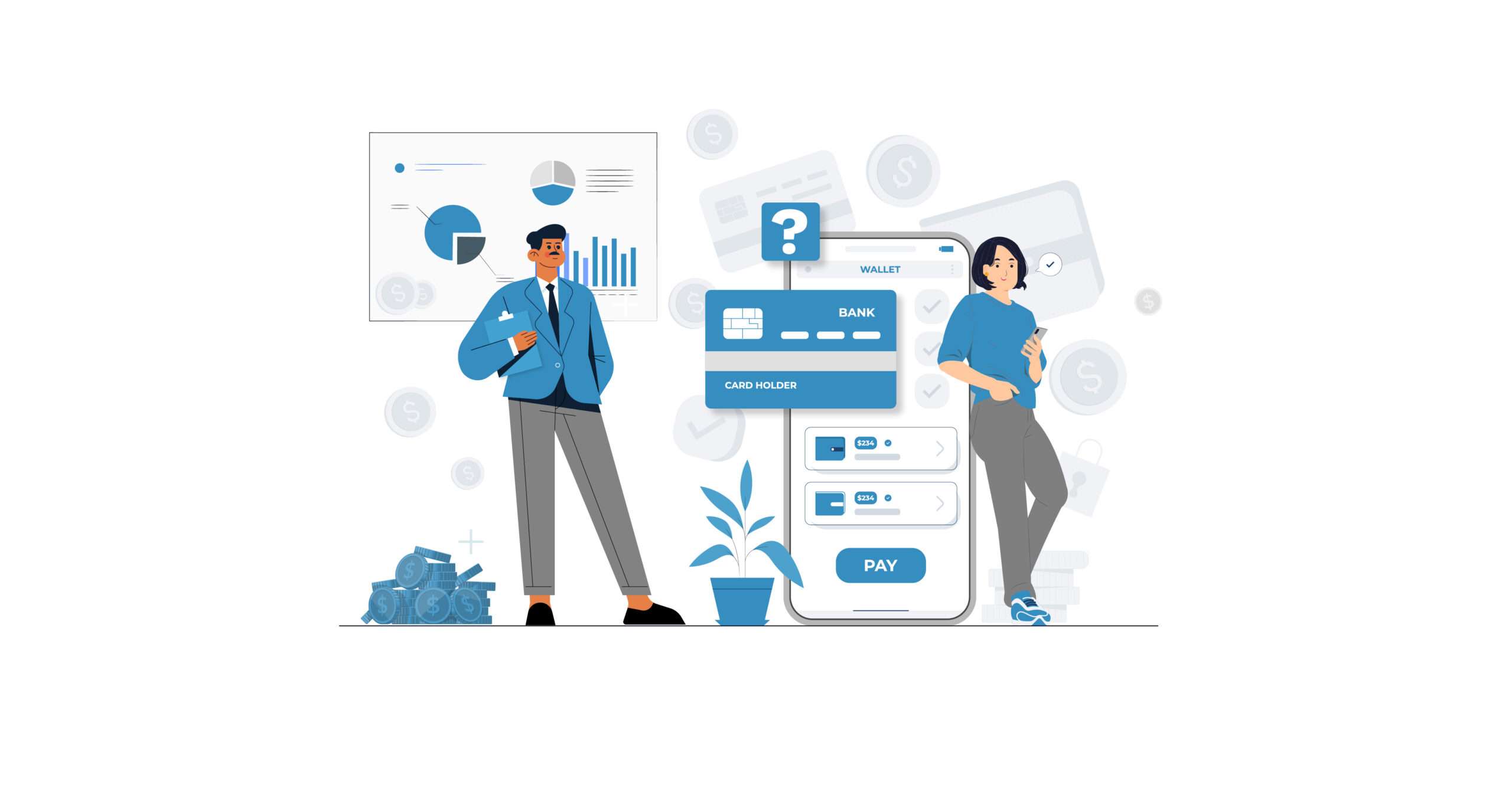When an organization reaches a stage where the accounts payable department is struggling to keep up, it’s crucial to initiate change. At this point, most accounts payable professionals realize the necessity of a software solution that goes beyond simply ensuring timely bill payments. They require automation to become a valuable ally in advancing the company’s development.
By automating accounts payable operations, you unlock the ability to closely monitor your AP metrics, leveraging them to drive change throughout the entire organization.
Through AP automation, you can:
- Receive all invoice data electronically and ensure the complete capture of 100% of the data
- Attain 100% visibility into your spending through comprehensive and high-quality invoice data
- Eliminate redundant manual tasks and streamline processing through touchless automation
- Reduce the need for exception handling through modern technology
- Capitalize on early payment discounts by accelerating invoice processing
- Improve supplier relations and strengthen the supply chain by increasing on-time payments
AP automation liberates the AP department from mundane operational responsibilities, allowing them to focus on more strategic endeavors. Let’s discuss 10 important KPIs all CFOs should track.
Business Critical AP Metrics
 1. PO-Based Invoice Volume
1. PO-Based Invoice Volume
Begin by determining your overall invoice volume for better decision-making. Analyze the composition of your invoices, distinguishing between purchase orders (PO) and non-PO invoices. Identifying unauthorized expenditure sources and implementing measures like enhanced controls or additional Automation offers quick visibility and analytics to facilitate these tasks.
2. Percentage of Paper vs Electronic Invoices
Despite the challenges, many organizations still heavily rely on paper invoices in their AP processes. This poses risks such as fraud, errors, and compliance issues. Navigating diverse regulations across countries adds to the complexity. It is essential for such organizations to take immediate action by transitioning to e-invoicing. E-invoicing offers significant savings, improved financial visibility, and better control over cash flow. It can reduce administrative costs by up to 90% and provide potential savings of 60% to 90% per document through automation. E-invoices are not merely scanned versions but electronic invoices received through B2B connections or web portals in specific formats.
3. Invoice Processed Per FTE
This metric offers valuable insights for various purposes. It helps identify training needs for individuals like Bob (processing 1,000 invoices) and assesses Sue’s process as a best practice (handling 2,000 invoices). It aids workload management and enables hiring considerations when invoice volume exceeds existing capacity. Precise planning for growth is possible by estimating staff requirements during acquisitions or milestones. Leveraging smart FTEs for strategic initiatives enhances competitiveness. This metric also justifies the success of e-invoicing, increasing invoice processing capacity.
4. Percentage of Straight Through Invoices
Exceptions in invoice processing cause rework, late payments, higher costs, and supplier dissatisfaction. CPO Rising reports that around 17% of company invoices face exceptions, resulting in 5-10 times higher costs and longer processing times. To minimize exceptions, automate invoice delivery and use intelligent workflows. Implement validation rules and machine learning for coding recommendations. It’s important to understand and reduce exceptions by improving communication and providing training. Monitoring this metric saves costs and time.
5. Average Processing Time Per Invoice
Understanding AP staff’s average invoice processing time is crucial for identifying bottlenecks, delays, and missed discounts. Lengthy processing times indicate a focus on low-value tasks and exceptions, hampering strategic activities. High-performing companies process invoices in 3-4 days, while slower performers take around 17 days. Paper invoices cause delays, but electronic invoicing reduces processing time. Tracking processing time helps address exceptions, while cloud-based and mobile-enabled solutions eliminate approval bottlenecks. Drive continuous improvement and productivity to shine as an efficiency-focused professional.
6. Average Cost Per Invoice
Calculating this metric can be challenging due to the numerous steps involved, but the effort is worthwhile. The total cost of processing an invoice comprises two components: hard costs and soft costs. Hard costs include labor costs, infrastructure expenses, and transaction fees. Soft costs, which are harder to estimate, encompass the time taken by employees and managers to review and approve invoices, along with associated costs. To determine the average cost per invoice, divide the total annual cost by the number of invoices processed. Non-PO invoices and exceptions may incur higher costs. Automating the process reduces costs significantly, including errors, exceptions, supplier inquiries, and expenses related to manual operations.
7. Late Payment Percentage
Punctuality is crucial in all aspects of business, including payments. Late payments create challenges for small suppliers heavily reliant on timely revenue. During crises, suppliers face cashflow pressures, necessitating on-time or early payments. Metric #5, the processing cycle, directly affects late payments. Setting high goals for 100% on-time payments benefits the bottom line and supplier relationships. Manual processes hinder progress, while automation improves cycles, reduces late payments, and enhances discount capture. Advanced analytics anticipate late payments and identify at-risk invoices using historical data.
8. Discounts Captured vs Offered
Vendors offer early payment discounts, such as 2/10, net 30, with a 2% discount for paying 20 days early (equivalent to a 36% annual interest rate). Buyers with sufficient cash balances should take advantage of these discounts. To maximize their value, track spending available for discounting and the percentage of captured discounts. Monitor the monetary value and number of missed discounts, using reason codes to identify reasons behind missed opportunities. Lengthy processing cycles (metric #5) often lead to missed discounts. Automate AP processes and tracking AP metrics for faster invoice processing and adopt a solution that alerts you before a discount window expires, ensuring timely payment.
9. Number of Supplier Inquiries
Manual processes result in more supplier inquiries due to limited visibility into invoice and payment status. Managing these inquiries, discrepancies, and disputes consumes resources and hampers AP efficiency. Payment issues can harm your company’s reputation. Assess the channels (calls, emails, faxes) for inquiries and aim for a lower total number of queries. Analyze response time and recurring themes. Automation reduces supplier interactions by minimizing exceptions and providing transaction tracking tools. Monitoring this metric uncovers underlying issues, resolves inquiries, and allows resources to focus on building better supplier relationships.
10. Duplicate Payments
Mistakes like double payments or incorrect amounts harm the reputation of AP departments. Duplicate and erroneous payments stem from invoice processing errors, manual processes, and poor data quality. According to APQC’s Open Standards Benchmarking® Accounts Payable survey, even top performers experience 8% duplicate or erroneous disbursements annually. Automation validates every invoice, eliminates human error, and offers complete visibility. Supplier self-service features reduce manual data maintenance, ensuring up-to-date supplier information. Enriching vendor data with third-party information improves supply chain transparency by verifying supplier details with business databases.
11. Tracking Success
Tracking and analyzing AP metrics over time is crucial for continuous improvement and gaining a competitive edge. Identify trends, highlight strengths, and address areas needing improvement to optimize your AP department. Building a robust dataset is essential, which can be enhanced with advanced analytics, machine learning, and artificial intelligence for a competitive advantage. Lack of automation means limited data availability and being stuck with the status quo. Additionally, benchmarking against competitors is vital. Utilizing peer benchmarks allows you to align with top performers, set ambitious yet achievable targets, and drive success while generating ROI. Dynamic updates on peer benchmarks enable constant improvement and progress monitoring.
Conclusion
While tracking 10 metrics may initially feel overwhelming, it’s important to recognize their interconnected nature. Once you grasp one metric, the others follow suit. With AP automation, accessing these metrics becomes effortless with a single click or toggle. Automation enables centralized data collection of payables information, and as you increase automation, the system gathers more data. Advanced and predictive analytics provide a comprehensive overview of your organization’s spending and supplier profile, offering valuable hindsight, oversight, and insights into your AP operations.




